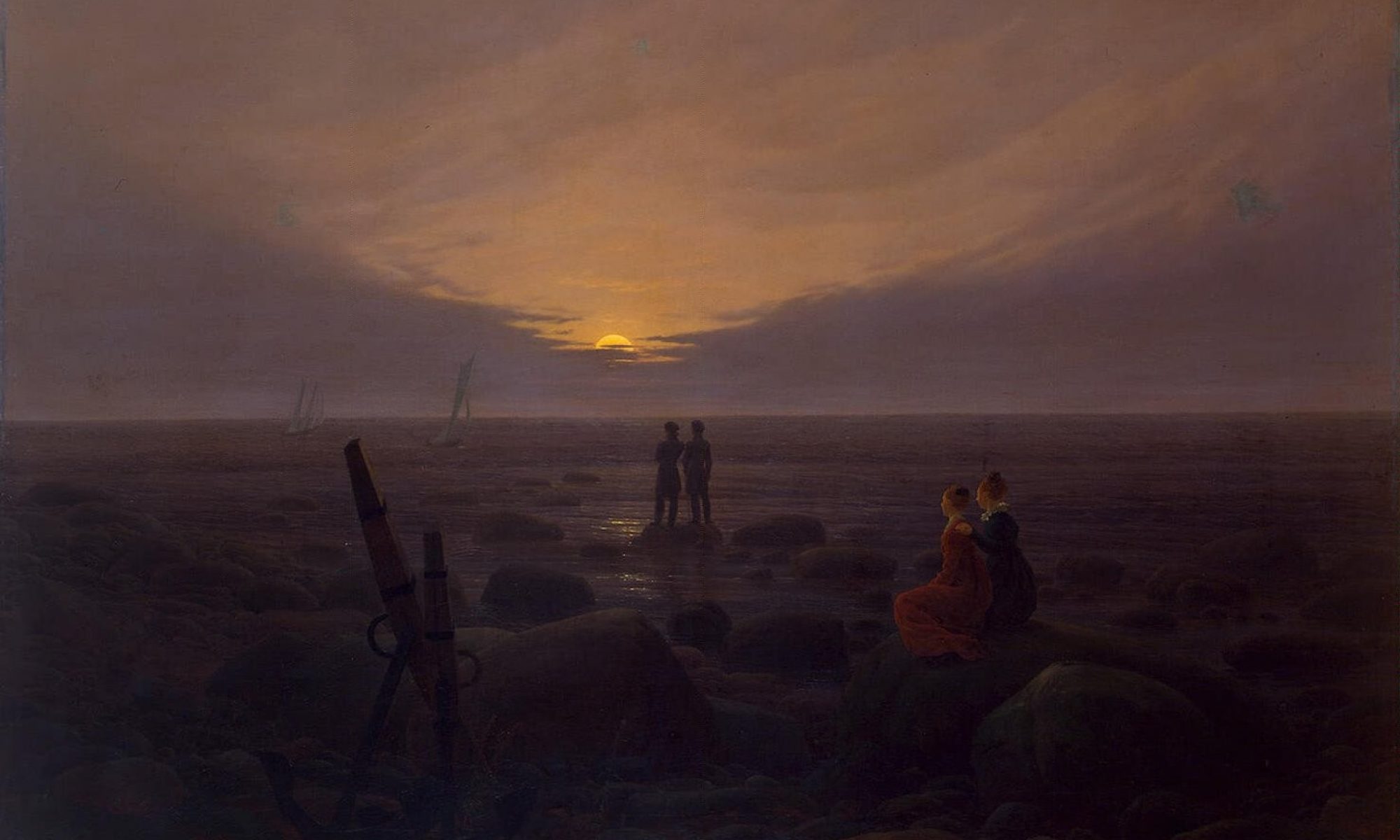Contributor: Charlotte May
Location: Newstead Abbey, Nottinghamshire
Description: This set of glasses and decanters has been on permanent display at George Gordon, Lord Byron’s ancestral home, Newstead Abbey, since 1974. It is believed that after Byron’s death in 1824 they came into the possession of Byron’s half-sister Augusta Leigh and were passed down her family line. A previous curator of Newstead Abbey, Haidee Jackson, traced the set’s provenance to an auction in 1906, where they were sold as: ‘Mahogany inlaid Spirit Case, containing four decanters and twelve glasses, with engraved on lid containing coronet and NB, and on inside lid an MS. Memorandum in Augusta Leigh’s autograph, “From Samuel Rogers to my Brother”’. The gift epitomises the many social transactions which characterized and cultivated the relationship between Byron and the then celebrated banker-poet Samuel Rogers (1763-1855) as fellow-poets and celebrities.
Continue reading “The decanters Samuel Rogers gave to Lord Byron”


